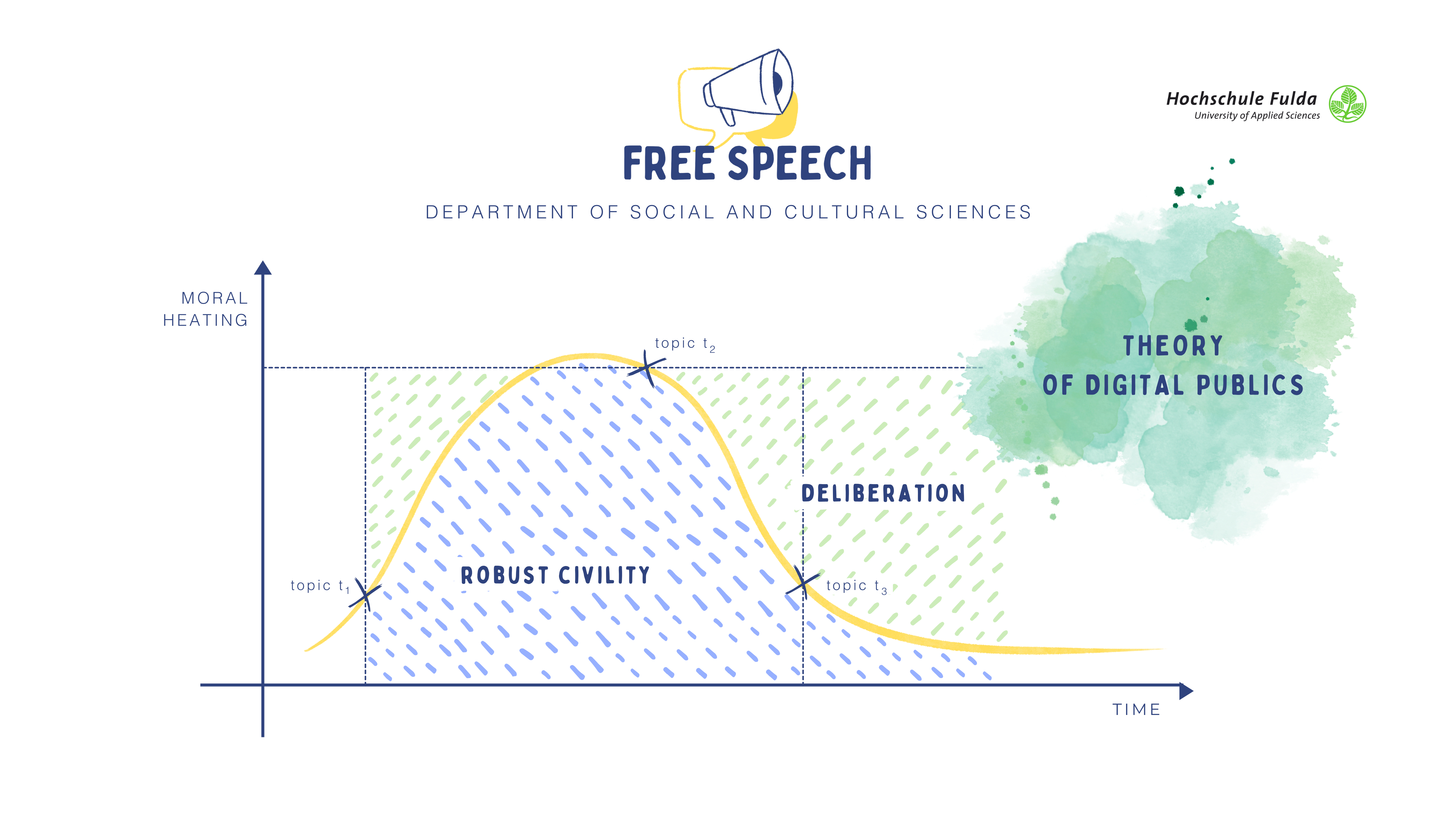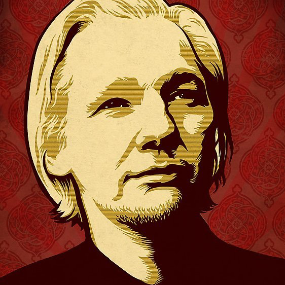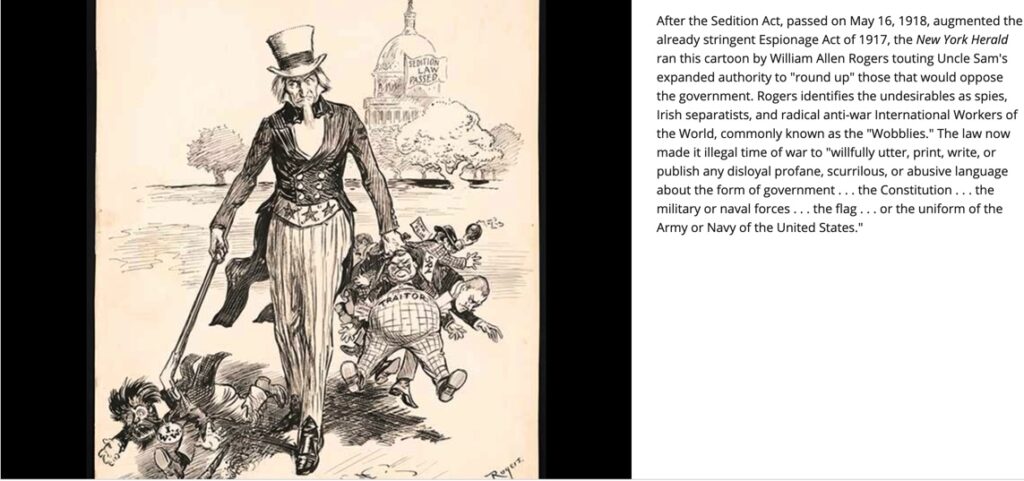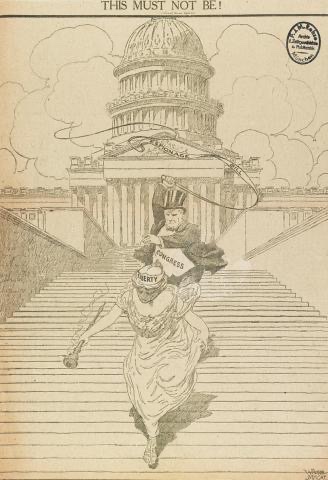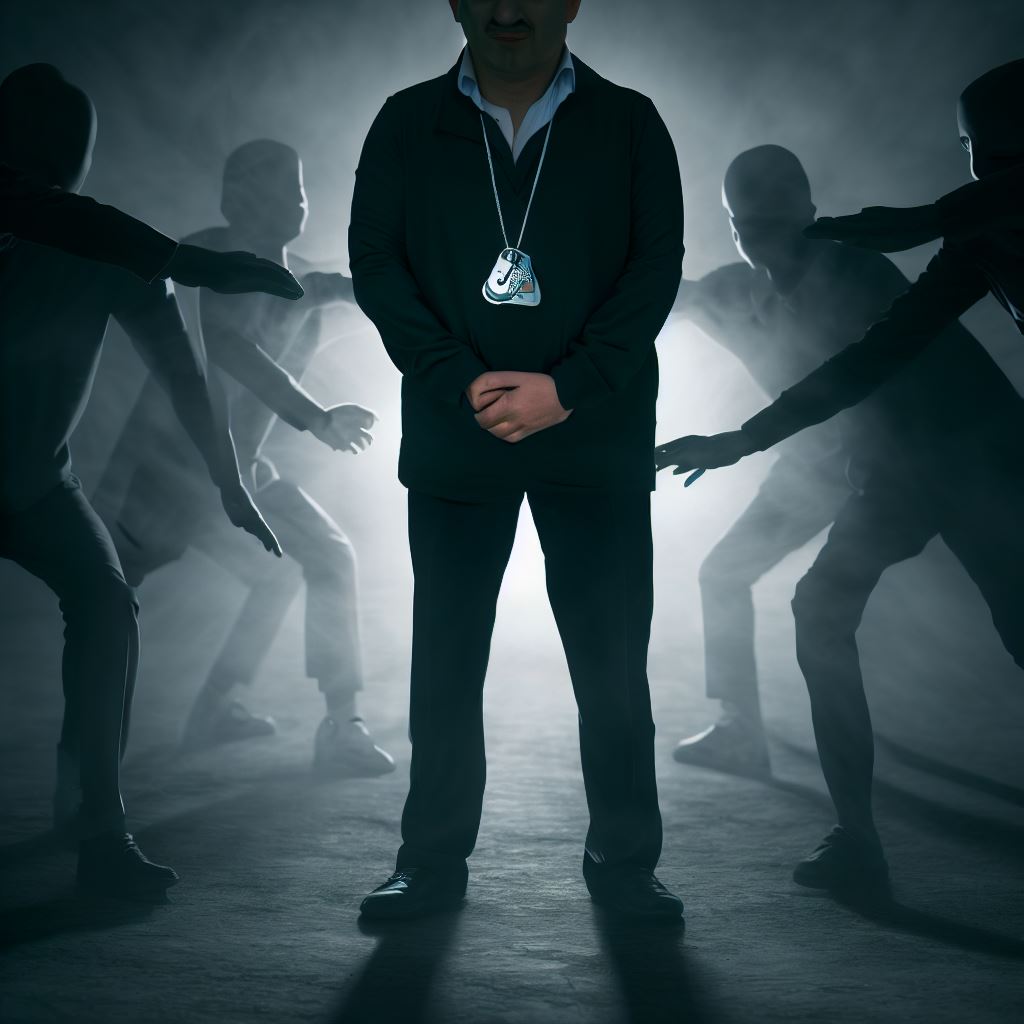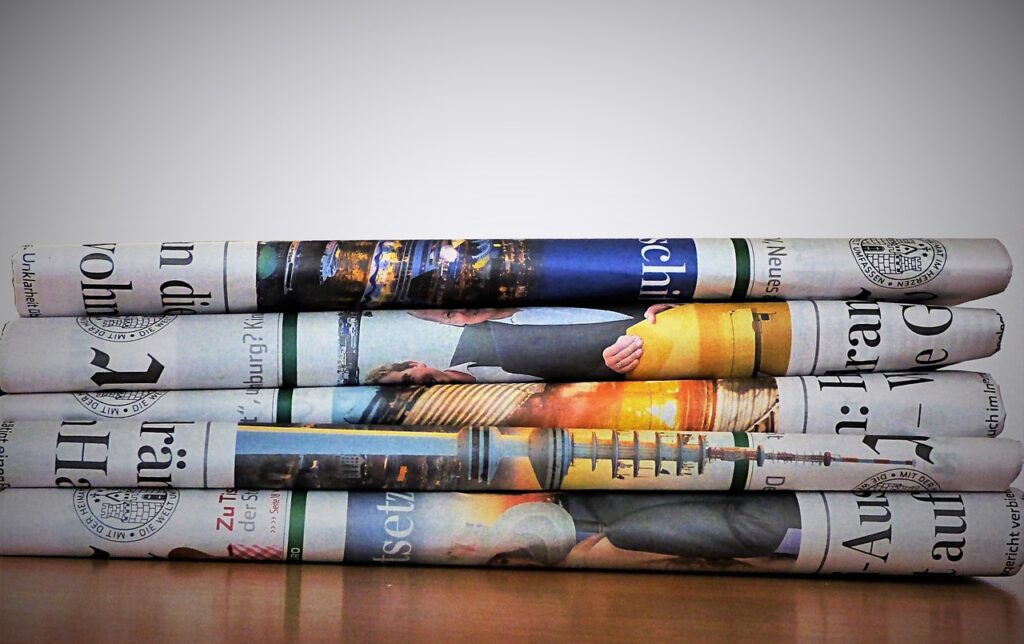Introduction
Social media has changed the way we communicate by allowing us to connect with others around the world , quickly an efficiently but with that came the concept of Digital Privacy, the notion of “how can your digital privacy be violated?”. People can share their opinions, information, experiences, and feelings with others and participate in the exchange of ideas and information. At the same time, social media and personal blogs have increased the power of free speech, allowing people to express themselves on a global scale. Using the phrase freedom of speech as a cornerstone of democratic societies promotes open dialogue, critical thinking, and the exchange of diverse ideas. In the meantime, the concept of digital privacy or digital information privacy becomes more meaningful. This blog will break down the effect of social media on communication, privacy, and globalization.
What effect does social media have on communication?
Irrefutably, man has always been known as a social being, and communication with others is one of his basic needs. Today, with the advancement of technology and the emergence of social media, this social need is realized in a new way in the online environment. The main slogan of the social media concept is „communication“, and this slogan seems to match reality to some extent. Mass media such as radio, television, and press still have a significant place in society and attract a wide audience. (Araceli Galiano-Coronil, 8 September 2021)
Since the emergence of the Internet, which is known as a platform for online media, there have been significant changes in the media. These changes show the transformation in persons‘ interactions and communication with the media.
The dynamic spirit and excitement in social media are created through the creation and sharing of content. This dynamic creates an active and interactive environment where people can share their experiences, opinions, and ideas. One of the issues raised in the context of the impact of social networks on people’s relationships is the reduction of real interactions and their impact on social relationships. This may be caused by excessive attention to virtual interactions and time spent in the virtual environment. People who are interested in social networks and spend a lot of time in these environments may benefit from real interactions in real groups less because of virtual motivations and entertainment. (Winstone, 24 September 2021)
This can lead to reduced daily interactions with friends, family, and colleagues. For example, in the middle of a friendly or family meeting, the desire to interact with others in the virtual environment may lead to fewer real interactions. This may cause a feeling of isolation and loss of real connections.
In fact, social media can never replace real, face-to-face communication with others. Face-to-face interactions with others are needed to get the positive effects created by stress hormones that reduce stress and make you feel healthy, happy, and fulfilled.

One of the important factors in increasing mental health and improving social interactions is face-to-face contact with people in the surrounding environment. In fact, direct contact and interaction with people in real environments can release hormones of happiness and relaxation in the body. Also, these connections can foster positive emotions and create a human connection. (Dwivedi, October, 2022)
However, one should use social media wisely and avoid spending too much time in these environments. Excessive interaction with social media can lead to feelings of loneliness and isolation. This situation can aggravate psychological problems such as increased anxiety and depression
In addition, genuine interactions can have a positive impact on human relationships. In real environments, people can use each other’s body language, voice, and positive energy, which helps strengthen communication and create a sense of closeness. These factors are completely absent in the virtual environment and this can have a negative effect on social relationships.
The main differences between social media and mass media are in the way of communication with the audience and the type of content. In mass media, communication is one-way and the audience receives information from news sources. But in social media, audiences not only consume content but also create or share content through their activities and contribute to content creation through their comments and feedback. (Winstone, Social media use and social connectedness among adolescents in the United Kingdom: a qualitative exploration of displacement and stimulation., 24 September 2021)
Privacy in Social Networks
Digital privacy means preserving personal information and personal information in online and digital environments. This includes information such as name, address, phone number, email, date of birth, banking information, and other personal information that any individual submits or shares while using online tools, services, and social networks.
Breach of digital privacy means the intrusion, unauthorized access, or inappropriate use of one’s personal information by other individuals or organizations. These violations can occur as follows:
The destruction of privacy in social networks may lead to the instability of personal relationships. People may avoid deeper interactions with others and refrain from sharing their experiences and feelings online due to concerns about sharing their personal information. This can cause a decrease in social connections and a sense of self-esteem in people. (Ünver, 2018)
When people cannot carefully maintain their privacy online, they are likely to engage in fewer social interactions due to concerns about revealing their personal information. This may cause them to be cautious in their social interactions and avoid sharing experiences and feelings. This behavior can reduce social connections and the depth of personal relationships.
Also, refraining from sharing experiences online may make people feel more alone and isolated. Because social interactions and sharing experiences can help create closer and deeper connections with others. On the other hand, the feeling of not being able to share can lead to a decrease in self-esteem and self-confidence.
Two Types of Digital Privacy Violations
- Data Mining/Fake Information
- Data Breach/Ransomware
There are two types of privacy violations in social networks: in the first type, Data Mining/Fake Info Spreading, the user is a member of a social network but is attacked by one of the members or an attacker who is not a member of that group through the use of their information to threaten or spreading fake information about them, and therefore the person must take measures.In this type of threat, the violation of digital privacy occurs indirectly through the interactions of people within social groups, and it is important to preserve privacy in these interactions.
In the second type, which is Data Breach/Ransomeware people’s private information is stored by social network databases and gets breached or ransomwared to be shared publicly for different purposes. In this case, it is important to pay attention to privacy policies and settings from the users, as well as transparency and discipline from the information storage centers. Unwanted publication of personal information can lead to threatening life situations or reputation damage of either individuals or companies.
In a situation where social users are communicating with each other and freely disseminate information and do not apply measures to protect their privacy, there is a possibility of these types of threats and their consequences. To avoid these problems, it is important to pay attention to the information we share and trust our privacy policies and settings. (Yuchong Li, November 26, 2021)
Network Security Rules
As a broad term includes a variety of technologies, equipment, and processes. The concept of network security refers to a set of rules and settings designed to protect the integrity, confidentiality, and access to computer networks and data using software and hardware technologies. The main goal of network security is to prevent attacks and security threats, protect valuable data and resources, and ensure the correct operation and efficiency of the network. These efforts ensure that sensitive information and important resources are not accessible to unauthorized people and the security of users and organizations is maintained in the digital space. Unauthorized users and devices do not have access to the network. Also, if you sometimes need some forced access, you should provide them with limited resources so that they cannot create a breach in network security. Maintaining strict control over access to sensitive resources and information can prevent security threats. (Harrington, 2005)
In this regard, be sure to carefully manage access and access levels. Each user and device should have access to only those resources that are necessary to perform their tasks. Also, the levels of access to sensitive and important information should be carefully determined and managed to prevent unauthorized access.
Always remember not to grant administrative-level network access to just anyone. Access to the network management level requires responsibility and technical knowledge and should only be granted to those who qualify. (Vacca, 2010)
Use access control and identity management tools to effectively determine which users and devices can access various resources and information. These actions will help you prevent potential threats and improve network security. Data Loss Prevention (DLP) is a series of measures and technologies aimed at protecting sensitive information and preventing its loss. This DLP process prevents users from transferring important and sensitive network information to other locations, from printing them, and from uploading sensitive files. These measures can be considered as insurance for the protection of information.
One of the main methods of DLP is to set detailed rules and policies to prevent the transfer and sharing of sensitive information. These rules can determine the level of access to information, permission to send emails containing sensitive information, restrictions on file sharing, and similar things. Also, content monitoring and control tools can be used to detect and prevent the transfer of sensitive information.
In this process, you can set policies on what kind of information users can send outside the network and what kind of information they must keep inside the network. Also, deciding on the amount of access users have to sensitive information and conducting training related to information security users plays an important role in the successful implementation of DLP.
Finally, choosing and implementing the right DLP solutions can help you prevent the loss of sensitive information and ensure network security. (Ethan James, 2023-01-09)
Digital Privacy Protection Tools
- Firewall software: This software is capable of managing network traffic, preventing unauthorized access, and restricting access based on established policies.
- Intrusion Prevention Systems (IPS): These tools dynamically monitor network traffic and block or prevent any type of threat or attack if detected. (Scarfone, 2007)
- Threat Detection Software: By analyzing network traffic and detecting unusual patterns and threats, these tools help you to quickly become aware of various threats and take preventive measures.
- Identity and Access Management (IAM) software: These tools help you manage the authentication process and manage users‘ access to network resources in the best way and prevent unauthorized access.
- Threat Intelligence Software: These tools collect and analyze current threat information to help you make the best security decisions.
- Information security management software (Security Information and Event Management. These tools monitor and manage events and security information in the network in order to identify threats and attacks and deal with them in time. (McGraw, April 2004)
- Advanced Threat Management Software: Using algorithms and artificial intelligence, these tools detect complex and advanced threats and provide appropriate responses.
Conclusion
People can share their opinions, information, experiences and feelings with others and participate in the exchange of ideas and information.
One of the issues raised in the context of the impact of social networks on people’s relationships is the reduction of real interactions and its impact on social relationships. This may be due to excessive attention to virtual interactions and time spent in the virtual environment. People who are interested in social networks and spend a lot of time in these environments may benefit less from real interactions in real groups due to virtual motivations and entertainment.
Also, refraining from sharing experiences online may make people feel more alone and isolated. Because social interactions and sharing experiences can help create closer and deeper connections with others. On the other hand, feeling unable to share can lead to low self-esteem and self-confidence.
Therefore, network security prevents any unnecessary damage to the set of rules and regulations designed to protect the integrity, confidentiality, and access of computer networks and data using software and hardware technologies. The main goal of network security is to prevent violated attacks and security threats, protect valuable Digital privacy, data and resources, and ensure the correct operation and efficiency of the network. These efforts ensure that sensitive information and important resources are not accessible to unauthorised persons. Also, if you occasionally need to force access, you should give them limited resources so they can’t breach network security. Maintaining strict control over access to sensitive resources and information can prevent security threats.
In this regard, be sure to carefully manage access and access levels. Each user and device should only have access to the resources necessary to perform their tasks. Also, the levels of access to sensitive and important information must be carefully determined and managed to prevent unauthorized access.
Access to the network management level requires responsibility and technical knowledge and should only be granted to those who are qualified.
Use access control and identity management tools to effectively determine which users and devices can access various resources and information. These actions will help you prevent potential threats and improve network security.
References
Araceli Galiano-Coronil, G. J.-M.-P. (8 September 2021). Communication, Social Networks and Sustainable Development Goals: A Reflection From the Perspective of Social Marketing and Happiness Management in the General Elections in Spain. Frontiers in Psychology.
Dwivedi, Y. K.-N. (October, 2022). Metaverse beyond the hype: Multidisciplinary perspectives on emerging challenges, opportunities, and agenda for research, practice and policy. International Journal of Information Management (IJIM), Volume 66,.
Ethan James, F. R. (2023-01-09). Fortifying the IoT Landscape: Strategies to Counter Security. Tensorgate Journal of Sustainable Technology and Infrastructure for Developing Countries.
Harrington, J. L. (2005). Network Security: A Practical Approach. San Francisco, : Elsevier.
McGraw, G. (April 2004). Software security,. IEEE Security & Privacy.
Scarfone, K. &. (2007). Guide to intrusion detection and prevention systems (idps). National Institute.
Ünver, H. A. (2018). Politics of Digital Surveillance, National Security and Privacy. Centre for Economics and Foreign Policy Studies.
Vacca, J. R. (2010). Network and System Security. (J. R. Vacca, Ed.) Oxford, Boulevard, Langford Lane, Kidlingto: Elsevier.
Waleed Bul’ajoul, A. J. (2015). Improving network intrusion detection system performance through quality of service configuration and parallel technology,. Journal of Computer and System Sciences,.
Winstone, L. M. (24 September 2021). Social media use and social connectedness among adolescents in the United Kingdom: a qualitative exploration of displacement and stimulation. BMC Public Health.
Winstone, L. M. (24 September 2021). Social media use and social connectedness among adolescents in the United Kingdom: a qualitative exploration of displacement and stimulation. BMC Public Health 21,.
Yuchong Li, Q. L. ( 26 November 2021). A comprehensive review study of cyber-attacks and cyber security; Emerging trends and recent developments. Energy Reports.
